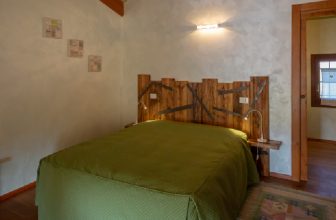How to Decorate Cinder Block Walls Classroom
Transforming a classroom with cinder block walls into an inspiring and vibrant learning space involves unlocking the creative potential of these seemingly plain surfaces. While cinder block walls may appear challenging to decorate, they offer a versatile canvas for educators to cultivate an engaging environment.

From fostering a positive atmosphere with motivational quotes to utilizing functional and aesthetically pleasing wall coverings, this article explores how to decorate cinder block walls classroom. By combining educational elements with visually stimulating designs, teachers can create an immersive atmosphere that fosters learning, encourages creativity, and makes the classroom a welcoming haven for both students and educators.
So, let’s delve into the art of cinder block wall decoration, unlocking the potential to turn a utilitarian space into a dynamic and inspiring educational sanctuary.
Importance of Classroom Decor
The significance of well-thought-out classroom decor cannot be overstated. An environment that stimulates learning is crucial in keeping students engaged and motivated. Educational research consistently highlights the impact of physical surroundings on students’ ability to focus, retain information, and develop a positive attitude towards learning.
Furthermore, a classroom that reflects diversity, creativity, and inclusivity can profoundly affect students’ social and emotional well-being. It becomes a place where they feel valued, understood, and encouraged to express themselves. In essence, the decor of a classroom plays a pivotal role in shaping the educational experience, transforming the space into more than just a place for instruction but a sanctuary for inspiration and growth.
Benefits of Decorating Cinder Block Walls
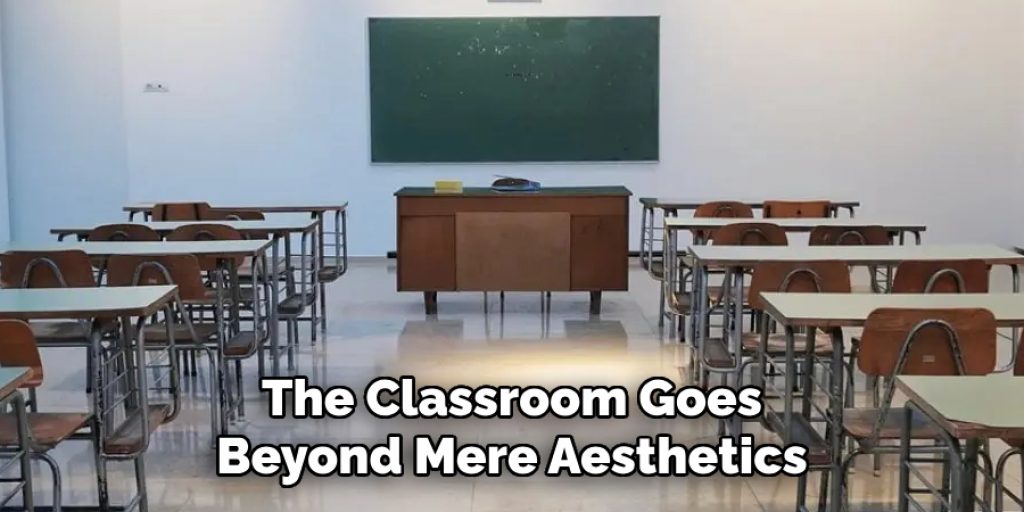
Decorating cinder block walls within the classroom goes beyond mere aesthetics; it harbors numerous benefits that significantly enhance the learning environment. Firstly, colorfully adorned walls can significantly boost the morale and spirit of the classroom, making the space more welcoming and less institutional. Such an atmosphere encourages students to attend and engage more eagerly in classroom activities.
Secondly, incorporating educational materials into wall decor, such as historical timelines or scientific diagrams, transforms these walls into interactive learning tools that complement the curriculum. This not only enriches the learning experience but also maximizes the educational value of the classroom space.
Lastly, customized wall decorations can reflect the unique identities and cultures of the students, fostering a sense of belonging and community. This inclusivity is paramount in creating an environment where all students feel valued and supported in their educational journeys.
Assessing the Classroom Space
Before diving into the decoration process, it’s imperative to assess the classroom space with a critical eye. Start by considering the size of the room and the layout of the cinder block walls. This will help in determining how much wall space is available for decoration and how it can be utilized most effectively. Next, take stock of the natural lighting in the room.
Well-lit areas may benefit from certain colors or materials that can enhance the brightness or add warmth to dimly lit sections. Additionally, it’s essential to consider practical aspects such as the placement of windows, doors, and whiteboards, which can influence the distribution of decorative elements.
Understanding the classroom’s physical attributes and limitations upfront will guide the decoration strategy, ensuring that each choice not only beautifies the space but also contributes to a functional and conducive learning environment.
Layout and Size of the Walls

When planning decorations for cinder block classroom walls, the layout and size of the walls are crucial considerations. Larger wall spaces offer a broader canvas for bigger, more impactful designs, such as murals or large educational posters, which can serve as focal points for students. Smaller areas, on the other hand, benefit from more precise, detailed decorations like framed student artwork or smaller educational displays that invite closer examination.
The layout of the walls relative to the classroom’s seating arrangement also plays a significant role. For example, areas directly in students’ line of sight from their desks are ideal locations for motivational quotes or key learning materials. Conversely, walls near the back or sides of the classroom can house decorative elements that contribute to the room’s overall ambiance without needing to be in the students’ direct focus throughout lessons.
By thoughtfully considering the layout and size of the walls, educators can strategically place decorations that enhance the learning environment’s functionality and aesthetic appeal.
Identifying Potential Decorative Areas
After understanding the layout and physical dimensions of your classroom walls, the next step is to identify potential decorative areas that will maximize the space’s aesthetic and educational potential. Look for underutilized spaces, such as areas above doors, around windows, or even the lower sections of the walls that students can easily see up close.
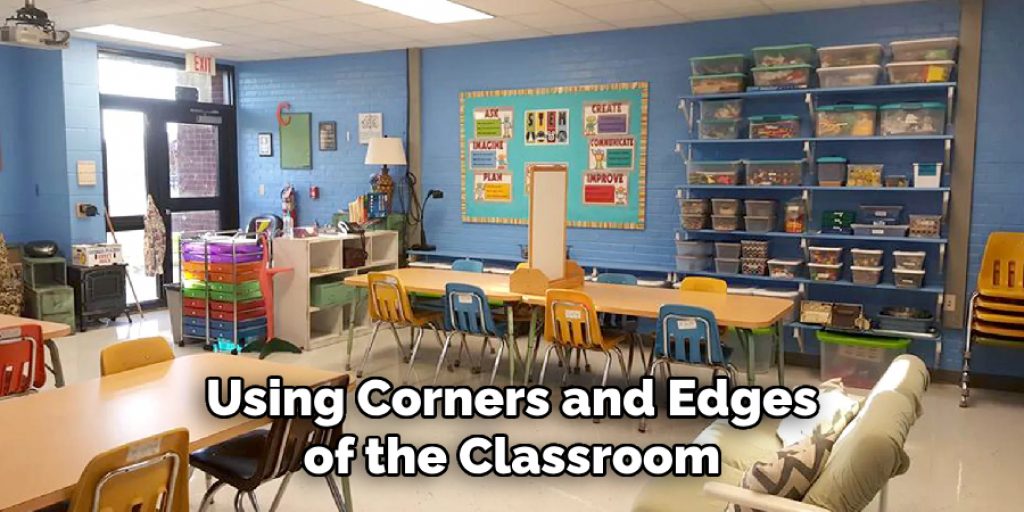
These areas often go unnoticed but can be transformed into interactive or visually stimulating spots. Consider also the possibility of using corners and edges of the classroom for thematic decorations or to create continuity in the design around the room.
The key is to view each segment of wall space as an opportunity — no area is too small or awkward for creativity. By identifying and leveraging these potential decorative areas, educators can ensure that every inch of the classroom contributes to an enriching and engaging learning environment.
Considering Safety and Fire Codes
When planning the decoration of cinder block classroom walls, it’s critical to prioritize safety and compliance with fire codes. Safety considerations should govern the selection of materials and the placement of decorations to ensure they do not pose a fire hazard or obstruct emergency exits and signage.
Use non-flammable or fire-retardant materials whenever possible, and avoid placing decorations near heat sources or light fixtures. It’s essential to have a clear understanding of the building’s fire code regulations, which often dictate the percentage of wall space that can safely be covered.
Additionally, ensure that all decorative elements are securely attached to the walls to prevent accidents. Adhering to these safety guidelines not only ensures compliance with legal standards but also protects the well-being of students and staff, maintaining a secure learning environment.
Choosing Suitable Decoration Materials
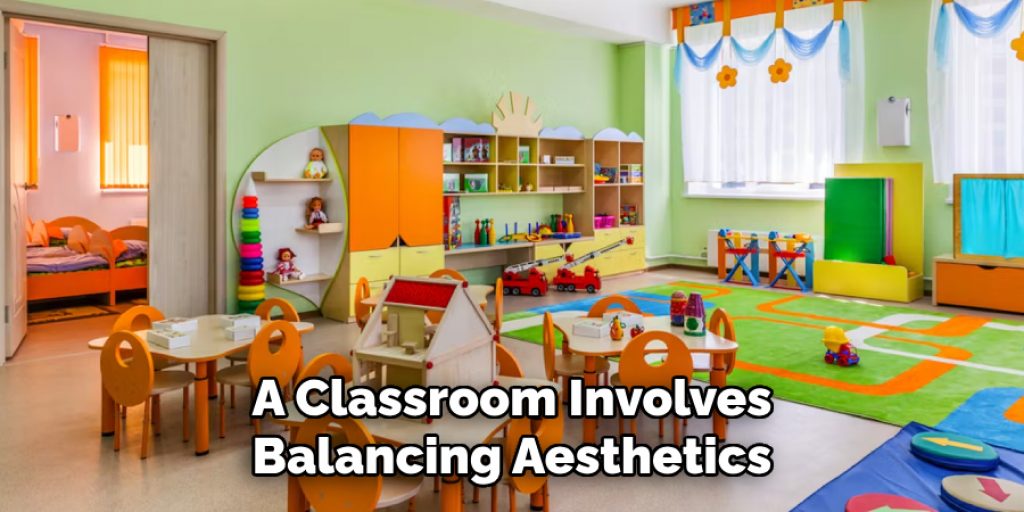
Selecting the right materials for decorating cinder block walls in a classroom involves balancing aesthetics, functionality, and safety. Begin by considering durable, easy-to-clean options like vinyl decals or washable paints, ideal for high-traffic environments. These materials allow for vibrant visuals without the worry of rapid wear and tear.
Additionally, incorporating magnetic paint or chalkboard paint can transform wall sections into interactive spaces for students, fostering creativity and engagement. For a more textured look, fabric panels or bulletin boards offer a way to display student work or educational posters, adding a dynamic element to the classroom.
However, it’s crucial to choose materials that are lightweight and adhere to safety standards, ensuring they can be securely mounted without damaging the walls or posing a risk. By thoughtfully selecting suitable decoration materials, educators can create a visually appealing and practical learning space that excites and inspires their students.
10 Methods How to Decorate Cinder Block Walls Classroom
1. Educational Murals and Graphics:
Consider incorporating educational murals or graphics that align with the curriculum. These visual aids can turn cinder block walls into informative and captivating displays, providing students with a visual reference for various subjects. For example, a mural depicting the solar system could be utilized in a science classroom to assist students in understanding the planets and their orbits.
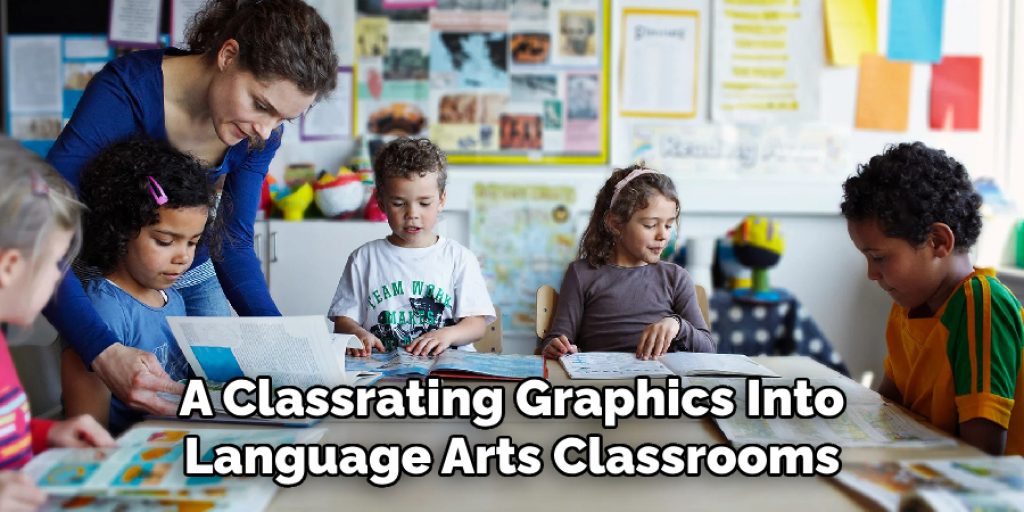
In addition to educational murals, schools can also create graphics that highlight important historical events or figures. These visuals can help bring history lessons to life and make them more engaging for students. Furthermore, incorporating graphics into language arts classrooms can aid in visualizing complex literary devices or concepts.
Moreover, educational murals and graphics can also be used in common areas, such as hallways and cafeterias, to showcase positive messages and promote school values. These visuals can serve as a reminder to students of the importance of respect, kindness, and inclusivity. They can also act as a source of inspiration and motivation for students as they navigate their educational journey.
2. Interactive Learning Spaces:
Transform cinder block walls into interactive learning spaces by utilizing materials like whiteboards, corkboards, or magnetic surfaces. This allows educators to present information dynamically while encouraging student participation and collaboration.
Additional technologies such as projectors and clickers can be used to further enhance the interactive learning experience. Projectors allow for presentations, videos, and slideshows to be displayed on a larger scale, making it easier for students to see and engage with the material being presented. Clickers can serve as instant polling devices, allowing educators to quickly gather feedback or gauge student understanding during a lesson.
In addition to these physical and technological elements, the layout and arrangement of furniture can also contribute to creating an interactive learning space. Flexible seating options such as bean bags, standing desks, or couches can encourage movement and allow for different learning styles to be accommodated. Collaborative workstations or group tables can promote teamwork and discussion amongst students.
3. Thematic Wall Displays:
Adopt a thematic approach to wall decorations, changing them periodically to align with different units, seasons, or celebrations. This not only keeps the classroom visually dynamic but also helps students connect with the material on a more personal level. Consider using large posters, charts, or other visual aids to display key information related to the current theme.
Additionally, you can involve students in creating some of these displays, allowing them to take ownership of their learning environment. Though it may require more effort and planning, the benefits of thematic wall displays are worth it.
4. Student Art Galleries:

Showcase students’ artistic talents by dedicating sections of cinder block walls as art galleries. Displaying artwork not only celebrates creativity but also fosters a sense of pride and accomplishment among the students. This can also serve as a source of inspiration and motivation for other students to explore their own artistic abilities.
Although most schools have traditional art classes, not all students may have the opportunity to showcase their work in a public setting. By creating student art galleries, every student gets a chance to display their talents and receive recognition for their hard work.
This type of initiative can also help create a positive learning environment in the school. It encourages students to think outside the box, experiment with different mediums, and express themselves creatively. Additionally, it can also be a great way to build a sense of community within the school by bringing students, teachers, and parents together to appreciate and support each other’s artistic abilities.
In addition to showcasing individual student artwork, the galleries can also feature collaborative projects where students work together on larger pieces of art. This allows for teamwork and communication skills to be developed, as well as the opportunity for students to learn from each other’s techniques and styles.
5. Inspirational Quotes and Sayings:
Use cinder block walls as a canvas for inspirational quotes and motivational sayings. Strategically placing uplifting messages can create a positive and encouraging atmosphere, promoting a growth mindset among students. However, the benefits of inspirational quotes and sayings are not limited to school settings. They can also be used in personal spaces like homes or offices to inspire and uplift individuals.
There is no denying that life can be tough at times. It’s easy to get bogged down by daily stressors and challenges, but a simple quote or saying can serve as a reminder to keep pushing forward. Whether it’s a quote about perseverance, courage, or self-love, these words have the power to motivate and inspire us.
6. Functional Wall Coverings:
Explore functional wall coverings that serve a dual purpose of decoration and utility. Magnetic panels, fabric wall coverings, or acoustic panels can add texture and warmth to cinder block walls while also addressing practical classroom needs.
Functional wall coverings are a great way to add both style and functionality to any space. In educational settings, such as classrooms or school hallways, it is important to have walls that not only look good but also serve a purpose. This is where functional wall coverings come in.
One example of a functional wall covering is magnetic panels. These panels can be easily mounted onto walls and can serve as a magnetic bulletin board for important announcements or class schedules. They also add a pop of color to an otherwise plain wall, making the classroom more inviting and visually appealing.
7. Flexible Furniture Arrangements:
Maximize the impact of cinder block walls by strategically arranging flexible furniture. Mobile bookshelves, storage units, or modular seating can be positioned against the walls, breaking up the monotony and creating dynamic learning zones. Additionally, flexible furniture can be easily moved or rearranged to accommodate different activities and learning styles.
8. Student-Created Displays:
Empower students to take ownership of their learning environment by involving them in creating wall displays. Assign projects that result in visually appealing presentations, transforming cinder block walls into collaborative showcases of student work.
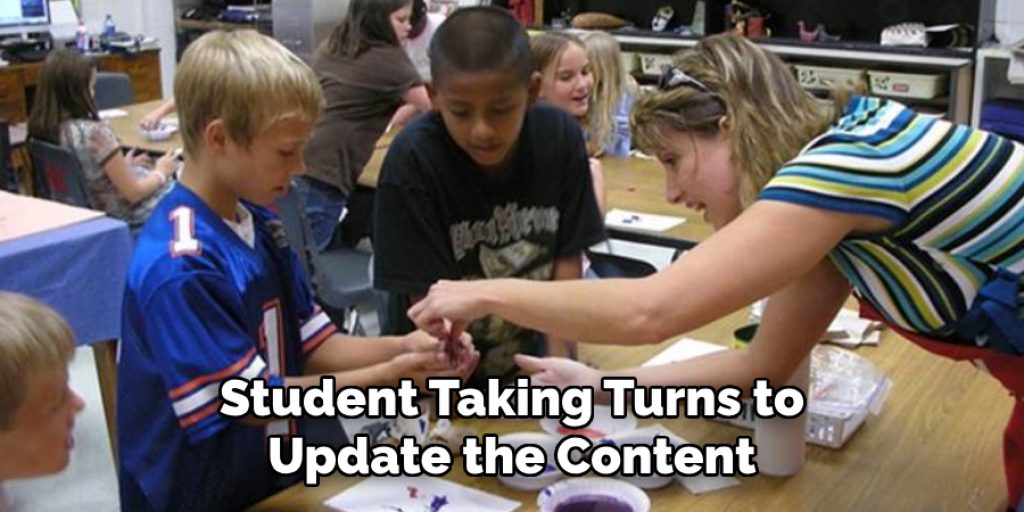
Create an interactive bulletin board that changes weekly, with each student taking turns to update the content. This allows students to share their interests and discoveries while also keeping other students engaged and intrigued.
Use student’s artwork or class pictures as a border around the bulletin board, along with labels for different sections such as “Student Spotlight” or “Class Achievements.” This not only adds a personal touch to the display but also recognizes and celebrates individual student accomplishments.
9. Interactive Technology Integration:
Embrace technological advancements by incorporating interactive screens or digital displays onto cinder block walls. This not only adds a modern touch to the classroom but also opens up opportunities for dynamic and multimedia learning experiences.
Additionally, interactive technology integration allows for enhanced collaboration and engagement among students. With the use of touch screens, students can actively participate in lessons and activities by tapping or dragging items on the screen. This promotes a more hands-on approach to learning and encourages critical thinking skills.
Furthermore, utilizing interactive technology can also benefit visual learners who may struggle with traditional teaching methods. By incorporating visual aids and interactive elements, they are more likely to retain information and engage with the material.
10. Natural Elements and Greenery:
Soften the industrial feel of cinder block walls by introducing natural elements and greenery. Consider installing vertical gardens, hanging planters, or simply placing potted plants strategically, creating a more inviting and calming atmosphere.
Conclusion
In conclusion, decorating cinder block walls in a classroom offers educators an opportunity to transform bland spaces into vibrant learning environments. By carefully considering materials, themes, and functionality, educators can create an atmosphere that fosters creativity, inspiration, and student engagement.
The inclusion of educational elements, interactive displays, and organizational solutions not only enhances the visual appeal of the classroom but also contributes to a conducive learning environment. Moreover, involving students in the decoration process promotes a sense of ownership and pride in their learning space. As classrooms continue to evolve as dynamic hubs of learning, the adaptability and flexibility of decor choices remain paramount.
Now that you know how to decorate cinder block walls classroom. While it does take a few steps each time, hopefully now you understand the process and why it’s worth taking the extra step to make sure your floor is properly cared for. So don’t wait any longer, take action today!

